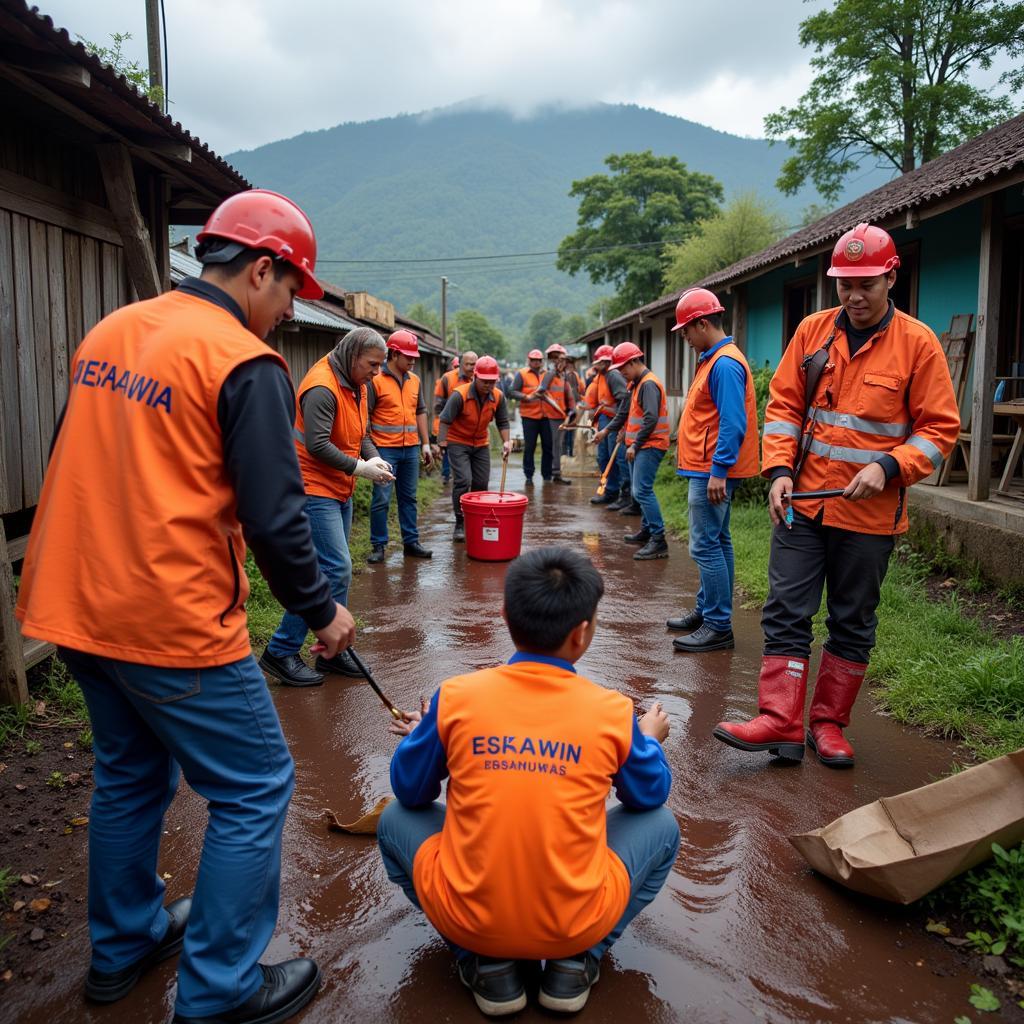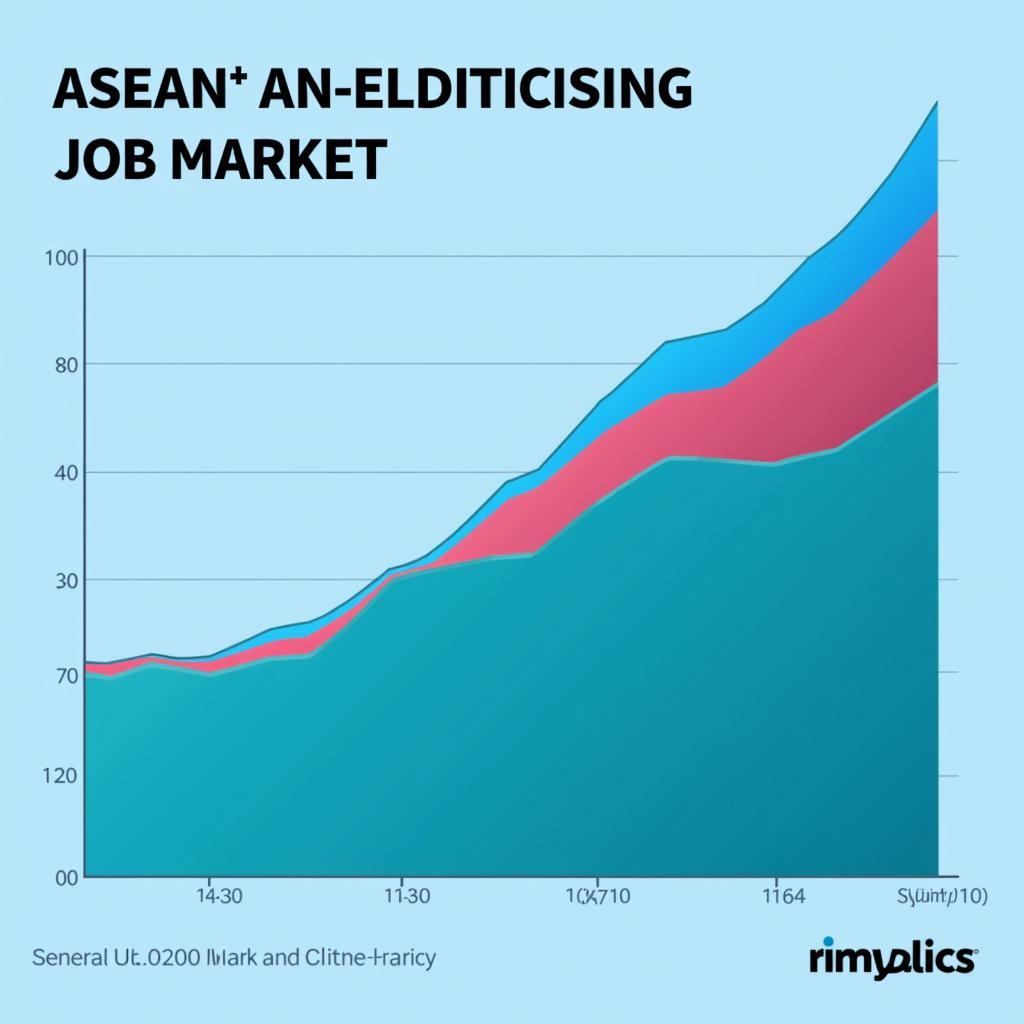The AADMER, short for the ASEAN Agreement on Disaster Management and Emergency Response, is a legally binding agreement among the ten ASEAN member states. Signed in 2005, the agreement signifies a unified commitment to collective response and action during times of disaster within the region. It represents a significant step towards building a more resilient and prepared ASEAN community in the face of natural disasters and calamities.
What is AADMER and its Purpose?
The AADMER framework seeks to streamline and coordinate disaster management efforts across ASEAN member states. It aims to establish a regional mechanism that allows for swift and efficient response to disasters, both natural and human-induced. The agreement underlines the shared responsibility of ASEAN nations in mitigating risks, sharing resources, and providing humanitarian assistance during emergencies.
Key Components of the AADMER Framework
The AADMER framework outlines several key components crucial to its functioning and achieving its objectives:
- Prevention and Mitigation: This component emphasizes proactive measures such as risk assessment, vulnerability reduction, and land-use planning to minimize the potential impact of disasters.
- Preparedness: AADMER stresses the importance of preparedness through developing early warning systems, conducting regular drills and simulations, and stockpiling essential supplies to ensure a swift and coordinated response when disaster strikes.
- Response: This pillar focuses on the immediate actions taken during and immediately following a disaster, including search and rescue operations, medical assistance, and the provision of basic needs like food, water, and shelter.
- Recovery and Rehabilitation: AADMER recognizes the importance of long-term recovery efforts. This component focuses on rebuilding infrastructure, providing economic assistance, and offering psychosocial support to affected communities.
The Significance of AADMER for ASEAN
The AADMER agreement represents a landmark achievement for ASEAN in several ways:
- Enhanced Regional Cooperation: AADMER fosters greater collaboration among ASEAN member states by establishing standardized procedures for disaster response, facilitating joint training exercises, and encouraging the sharing of knowledge and best practices.
- Improved Disaster Preparedness: The framework compels nations to prioritize disaster preparedness measures, leading to the development of robust early warning systems, better infrastructure, and more effective evacuation plans.
- Strengthened Regional Security: By collectively addressing the threat of disasters, ASEAN countries enhance their overall security and resilience, contributing to a more stable and secure region.
AADMER in Action: Responding to Real-World Disasters
The AADMER framework has proven its value time and again in coordinating response to major disasters in the ASEAN region:
- Cyclone Nargis, Myanmar (2008): AADMER facilitated the swift deployment of aid and resources from ASEAN member states to Myanmar following the devastating cyclone, demonstrating the mechanism’s effectiveness in times of crisis.
- Typhoon Haiyan (Yolanda), Philippines (2013): The AADMER framework facilitated a coordinated response from ASEAN nations, providing critical assistance to the Philippines in the aftermath of this super typhoon.
- Indonesia Tsunami (2018): AADMER facilitated the mobilization of search and rescue teams, medical personnel, and essential supplies from ASEAN countries to support Indonesia’s response to the devastating earthquake and tsunami.
 ASEAN Disaster Response Team in Action
ASEAN Disaster Response Team in Action
Challenges and Future Directions for AADMER
While AADMER has significantly improved ASEAN’s disaster management capabilities, challenges remain:
- Resource Constraints: Implementing the framework’s comprehensive measures requires substantial financial and human resources, posing a challenge for some ASEAN member states.
- Climate Change Impacts: The increasing frequency and intensity of climate-related disasters necessitate continuous adaptation and strengthening of the AADMER framework.
- Non-Traditional Security Threats: Expanding the scope of AADMER to address emerging threats, such as pandemics and cybersecurity incidents, is crucial for maintaining ASEAN’s overall security.
Conclusion
The AADMER framework stands as a testament to ASEAN’s commitment to collective action and regional solidarity. By strengthening disaster preparedness and response mechanisms, AADMER contributes to building a more resilient and secure Southeast Asia. As the region faces evolving challenges, continuous enhancement of the AADMER framework will be vital in ensuring its effectiveness in mitigating the impact of disasters and safeguarding the well-being of ASEAN citizens.
Frequently Asked Questions (FAQs)
1. What is the main objective of the AADMER agreement?
The primary objective of AADMER is to enhance regional cooperation in disaster management and emergency response among ASEAN member states.
2. How does AADMER benefit the people of ASEAN?
AADMER benefits the people of ASEAN by strengthening disaster preparedness measures, improving response mechanisms, and fostering a spirit of regional cooperation in times of crisis.
3. What are some of the challenges faced in implementing the AADMER framework?
Some challenges include resource constraints, the escalating impacts of climate change, and the need to address emerging non-traditional security threats.
4. How does AADMER contribute to ASEAN’s overall security?
By collectively addressing the threat of disasters and enhancing regional preparedness and response mechanisms, AADMER contributes to a more stable and secure Southeast Asia.
5. What is the future direction of the AADMER framework?
The AADMER framework will continue to evolve and adapt to address emerging challenges, such as climate change and non-traditional security threats, ensuring its relevance and effectiveness in the years to come.
Need further assistance?
Contact us at Phone Number: 0369020373, Email: [email protected] or visit our office at: Thôn Ngọc Liễn, Hiệp Hòa, Bắc Giang, Việt Nam. Our customer support team is available 24/7.

